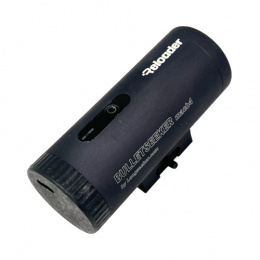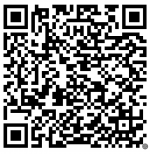Some findings after a lot of experimentation and communication from the engineering team (their support has been fantastic):
1) If the device is located directly below/behind the muzzle, there will always be an upwards ramp at the start of the detection curve. As explained to me, this ramp is directly correlated with the angle of the device with respect to the projectile. The angle of the first few detections tends to understate the velocity in the initial portion of the reading out of the muzzle (the first 8-12” or so).
2) When detections are poor, this ramp can have a significant impact on the mean velocity calculation.
3) You can use the sliders on the graph (when examining each individual shot) to exclude poor detections from the mean velocity calculation.
4) The key issue is that with poor positioning, you get shit-all detections. This means that if you have a low threshold of detections, its safer to just reposition your device and delete the poorly detected shot.
5) The number of detections that constitutes a sufficiently robust number, is correlated with the actual velocity. For rimfire, you might expect to get a higher number of detections for a good position. For a faster centrefire, fewer. If you're seeing less than 50 detections, you might as well scrap the shot.
6) The angle and height of the device do matter for consistent measurement - but they have a bigger impact on detections. If you're getting a solid number of detections, if you were to induce a little bit of an angle with the Bulletseeker but still get good detections, it doesn't have a material impact on velocities captured (it'll be within single digit mean differences between the two positions). On the other hand, if moving the device means shit detections - well you might expect 10-20 fps differences.
7) For the moment, the only way to do all these tweaks is by going into the individual shot data. Also make sure you have set it to capture all the data and not just the mean, otherwise this is all lost to your app. Capturing all the data means you need at least a 2-3 second gap between shots. I’ve provided some suggestions that immediate user feedback regarding the quality of detections and automated positioning of the left and right sliders based on an algorithm will lead to better user experience.
8) The parabolic adapter helps cut through muzzle blast but it also means that detections are about 2-3m in front as opposed to the reading about 1m in front without the adapter.
9) I’ve found that trial and error is necessary to find the best device position. That said if you’re getting good detections using a fixed position on your rifle - great this is the optimal scenario to be in as you can guarantee repeatable consistency.
I feel like more testing (and validation from others) is needed before this can be crowned a LabRadar killer but I’m enjoying the device so far. Again - really happy with the support of the team so far.









